Wow! Well it’s been quite a while since my last blog post. I’ve been extremely busy gigging, teaching and trying to raise money to upgrade this site in the coming months. I’m very excited about this because I’ll be working with a great branding and marketing company by the name of Dreambox Creative. The owner and leader of this business is actually a student of mine. His son just got into the Brubeck institute in Stockton for jazz sax, so he knows music very well and will be the best person to help create my vision for Jazz Piano School. Anyway, on to the rootless voicings!!
What are rootless voicings?
We’ve talked a lot about 7th chords and inversions to use a voicings, but, as you become more advanced in your playing you will want to learn these voicings that do NOT include the root of the chord in them. Rootless voicings are simply voicings that reflect the quality of the chord, yet do not contain the root of the chord in them.
Why should you learn rootless voicings
Normally our roots are going to sound best at the bottom of the chord. Thus, the term root. There is a reason for that. They provide the support necessary for the rest of the chord. If you have the root in the bass, then playing it again in your voicing will muddy up the sound and become redundant. This holds true when playing with bass players as well. When a bass player is playing a tune, they will be walking on the roots a lot, so you will want to add in other voices to contrast and blend what they are doing. These other notes will be extensions.
What are extensions?
Extensions are going to be notes on top the our chord that provide us with colors! Just like a painter uses colors, and a chef uses spices, a jazz pianist uses extensions to add flavor and beauty to the harmonies. If we count the degrees of our scale we reach the octave at 8. If we continue to count up the scale we get numbers such as 9,10,11,12,13,14,15,16. These notes can be placed on top of a chord to add color. There are certain extensions we can use over a minor 7th chord, a dominant 7th chord and a major 7th chord. We won’t get into that quite yet. So here is how we play them over a 2-5-1.
Rootless Voicing Structure 1
There will be two different rootless voicing structures we will use. The first one will start on the third of the minor chord in our 2-5-1. It’s best to think in degrees from the root of the chord, this way you can transpose easily to any key. Here are the degrees and chords.
Rootless Voicing Structure 2
Our second rootless voicing structure will start on the 7th of our minor chord in our 2-5-1. Here are the degrees and pattern for this one.

How to practice your rootless voicings?
You will want to be able to go through all your 2-5-1’s in every key with your RH alone then LH alone, hands together, then finally, RH with LH playing the bass notes. When you can do both structures through out all keys without thinking then you will be in great shape to improving your playing!
Happy Practicing!
[Tweet “This blog post is great! Check it out. #jazzpiano #jazzpianoschool #learnjazzpiano”]
Feel free to subscribe to our email tips and bonus content. Simply click below.
[ninja-popup ID=380]


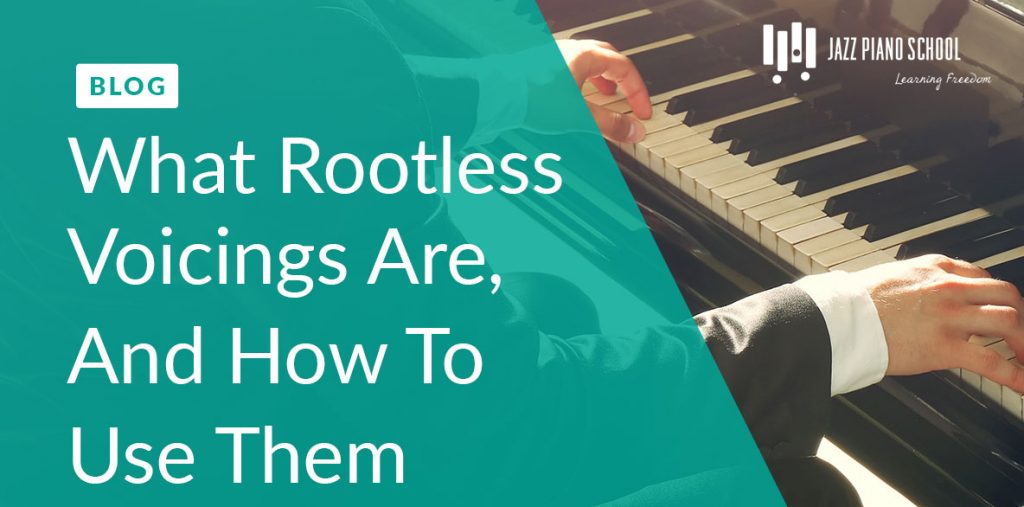




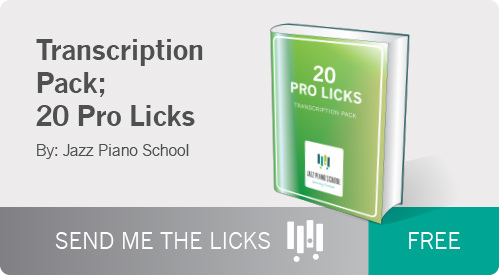
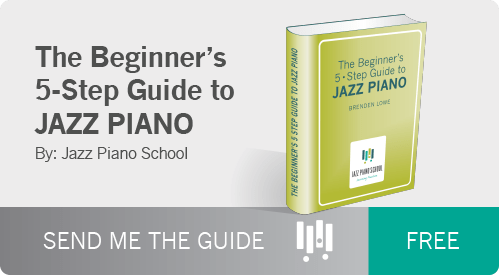
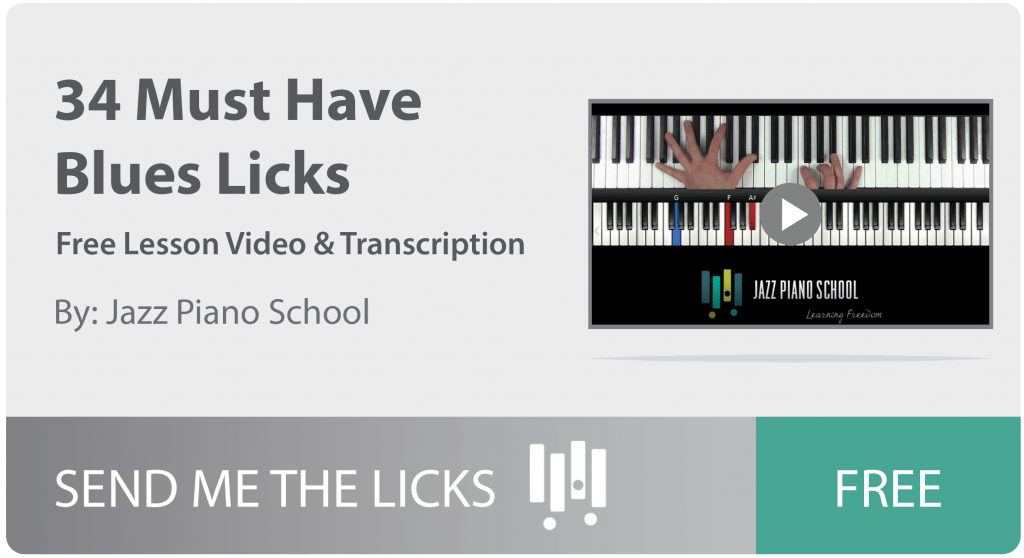




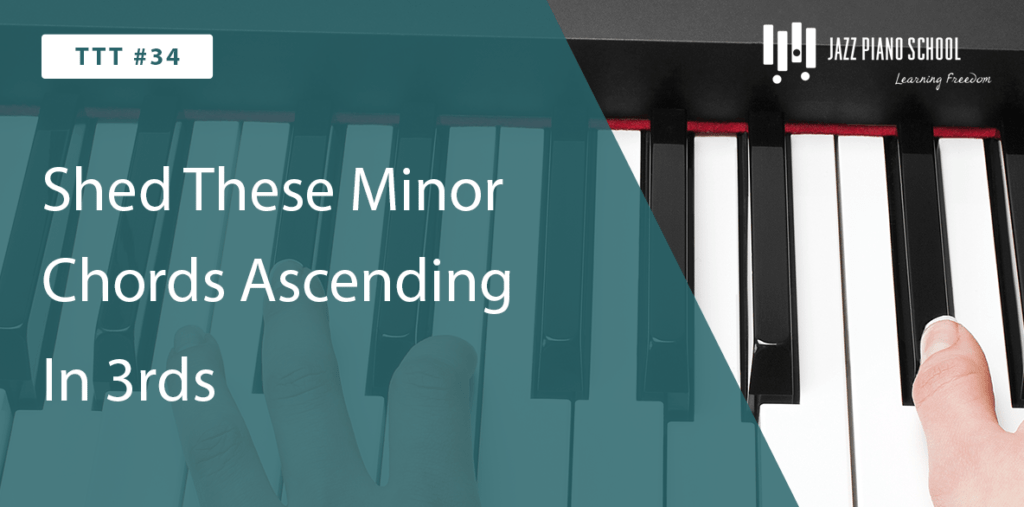
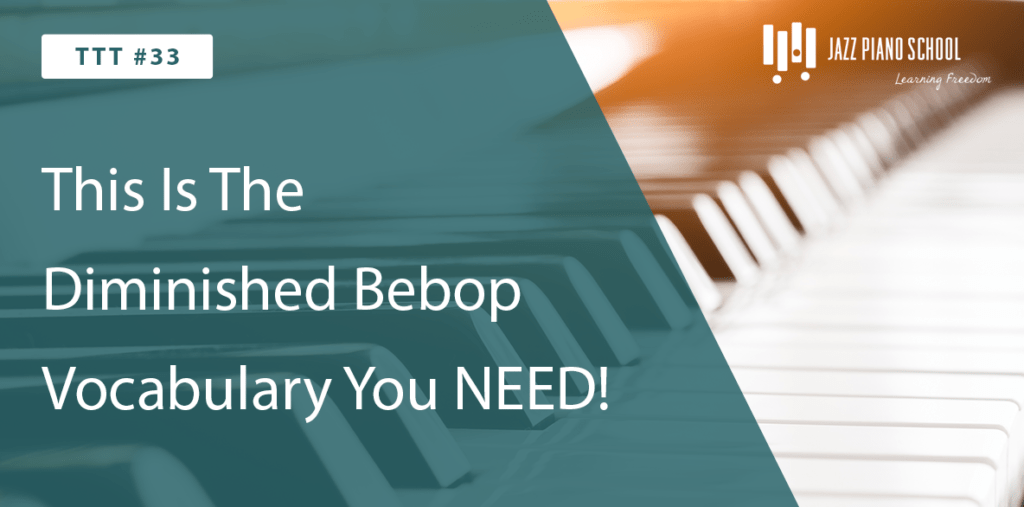


8 Responses
Hi Brenden,
Just want to know if in the future course you’ll provide specific practicing strategies and printed sheets with topics like this…
I’m expecting a lot from your program :).Have a nice day
Hey Gabriele,
Yes absolutely! For the course there will be separate learning and practice sections for each lessons. The practice sections will include LOTS of exercises for each topic I explain in the learning section but varying tempos so you can work your way up. The practice videos will be intended to follow along with me as I play them. I’ll also have the option to choose your workload for any given lesson. If your schedule opens up and you have more time in a week you’ll be able to select a more exercises to practice. If you want to go at a slower pace due to time, or “life”, you can select a more moderate practice schedule. Thanks for reaching out and asking the question. I appreciate the support! 🙂
rootless chord is very important to the jazz song that I like
i like the way you explain.its understandble.Thanx
If you don’t want to play in a band and only playing the piano, can you still use rootless chords. Perhaps one has to play the root note in the melody?
Thanks
Hi Rita, thanks for the question. Absolutely! You are close! When playing solo piano, we are responsible for it all! So you would play the roots in the bass register of the piano then jump up to your rootless voicing. This is just one option out of 6 that I like to call “LH Solo Piano Components”. Check out our podcast for more info on that topic. Best!
Seems like its well explained. I am unable to grasp the full meaning as I see no logic but just patterns thst meander everywhere but still seem to have some musical sense. When piabno gurus talk and play while explaing a concept I get lost in watching hands and corresponding to the words. Funny thing I can watch a carpenter drill a hole while explaining the procesd and its so so easy to follow… in music I fall of the edge very quickly. I do have advanced education and play percussion but piano……jst a huge mountain to climb. You are however quite eloquent in your approach.
Thanks for the comment Gerry! It can get quite confusing as to how to actually “implement” certain concepts…but…I created Jazz Piano School for that exact reason. Because I too felt the exact same way you do when listening to my teachers talk. I feel as if all the exercises made no musical sense nor did I know how to use them. I would urge you to check out our podcast lesson collection with videos. Lots of people have agreed they’re very well explained and do a great job making musical sense of what each tool is used for.